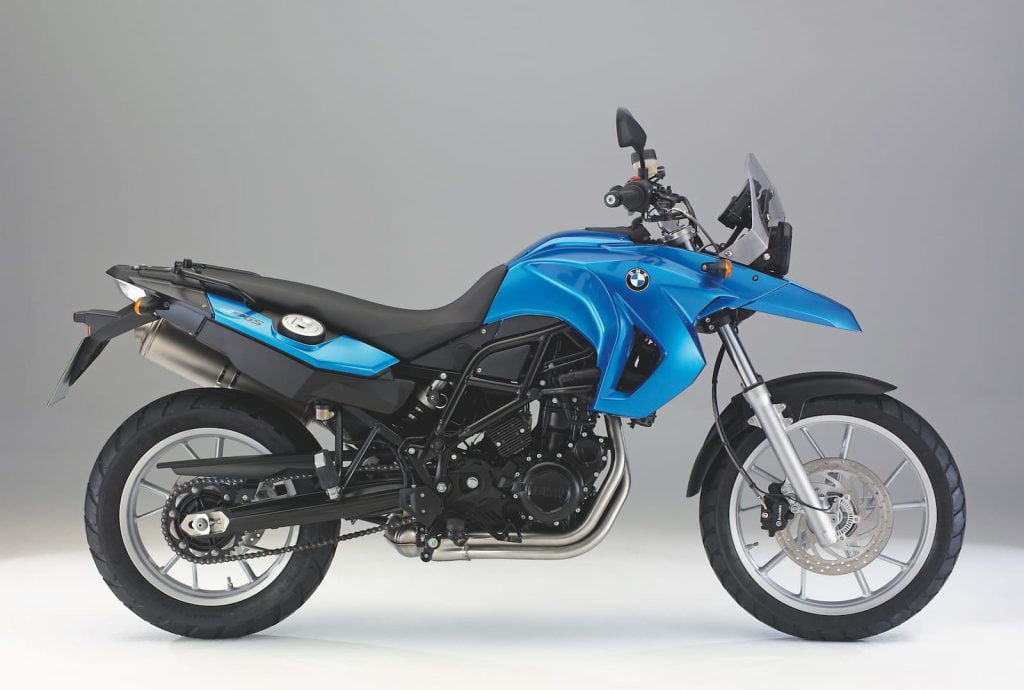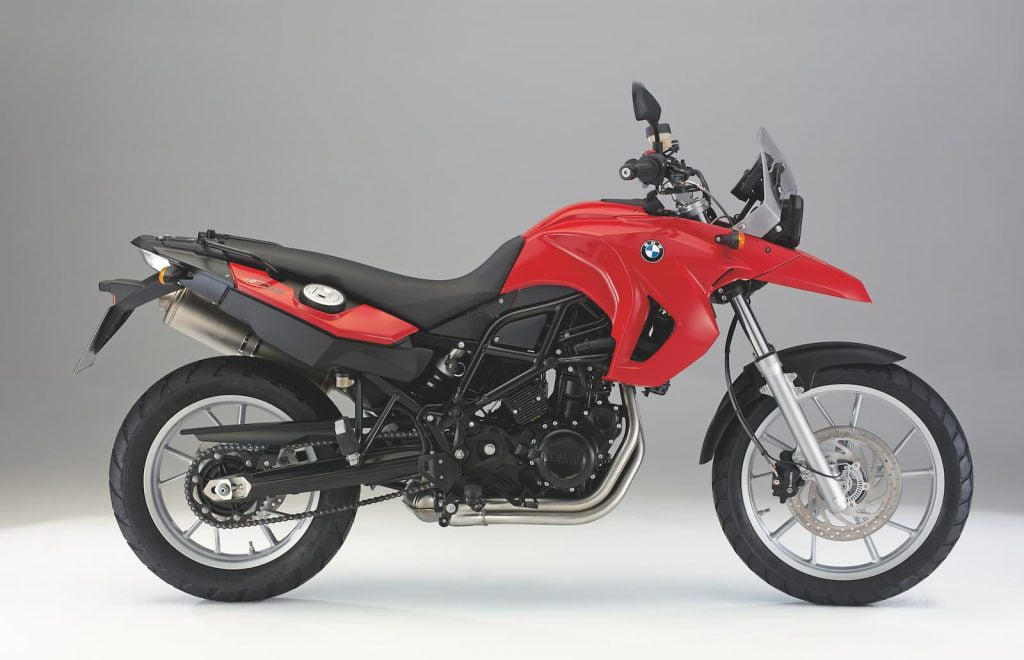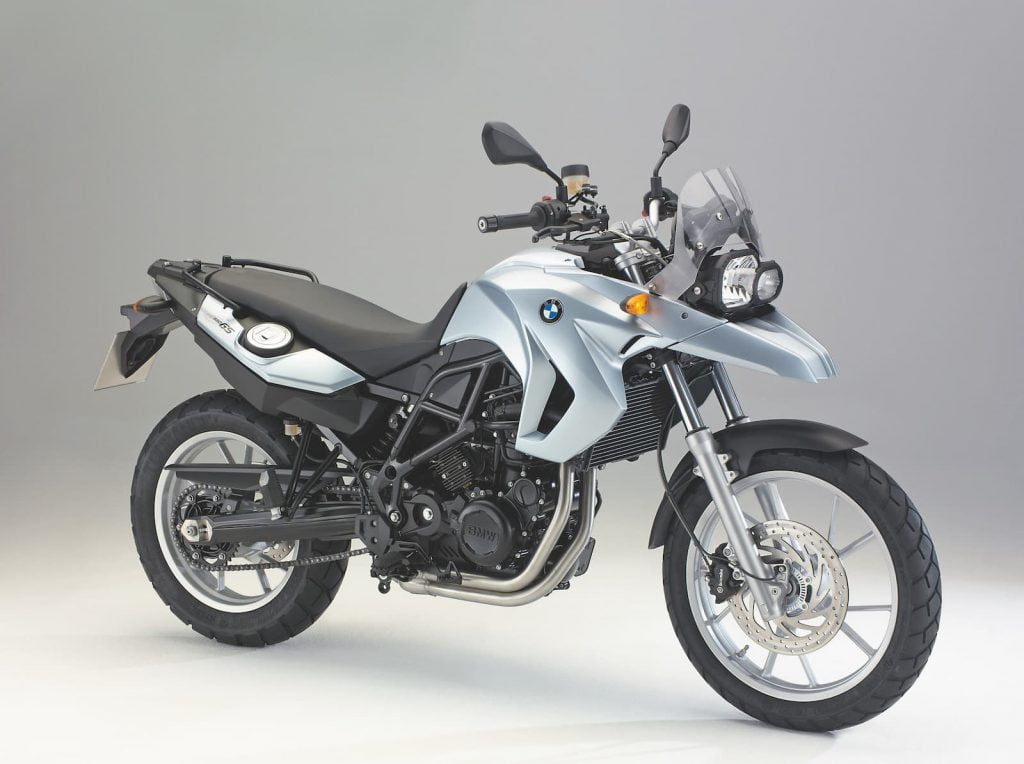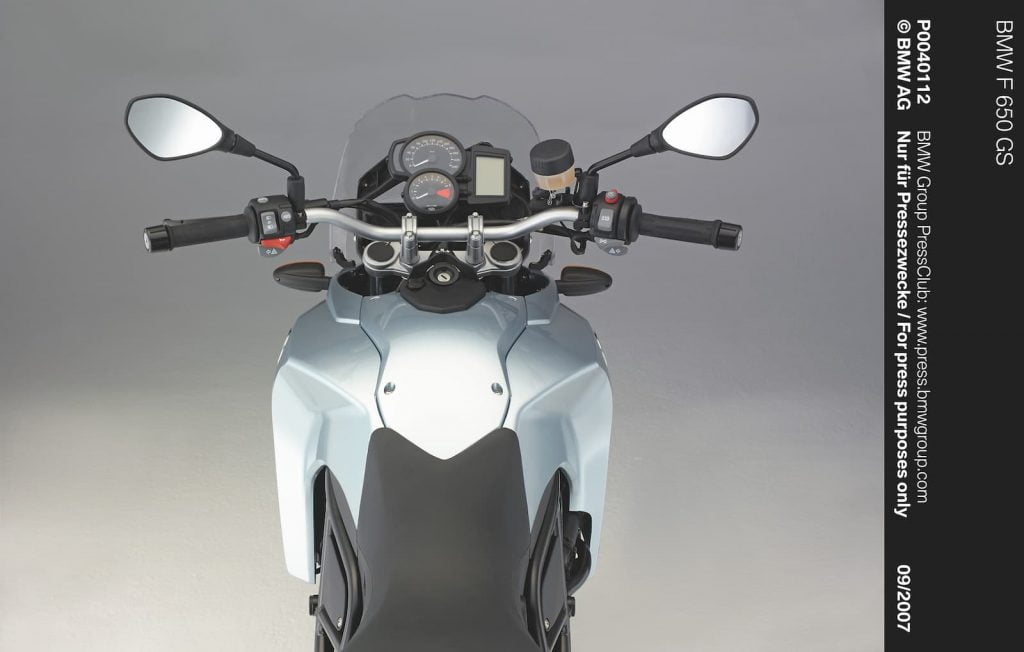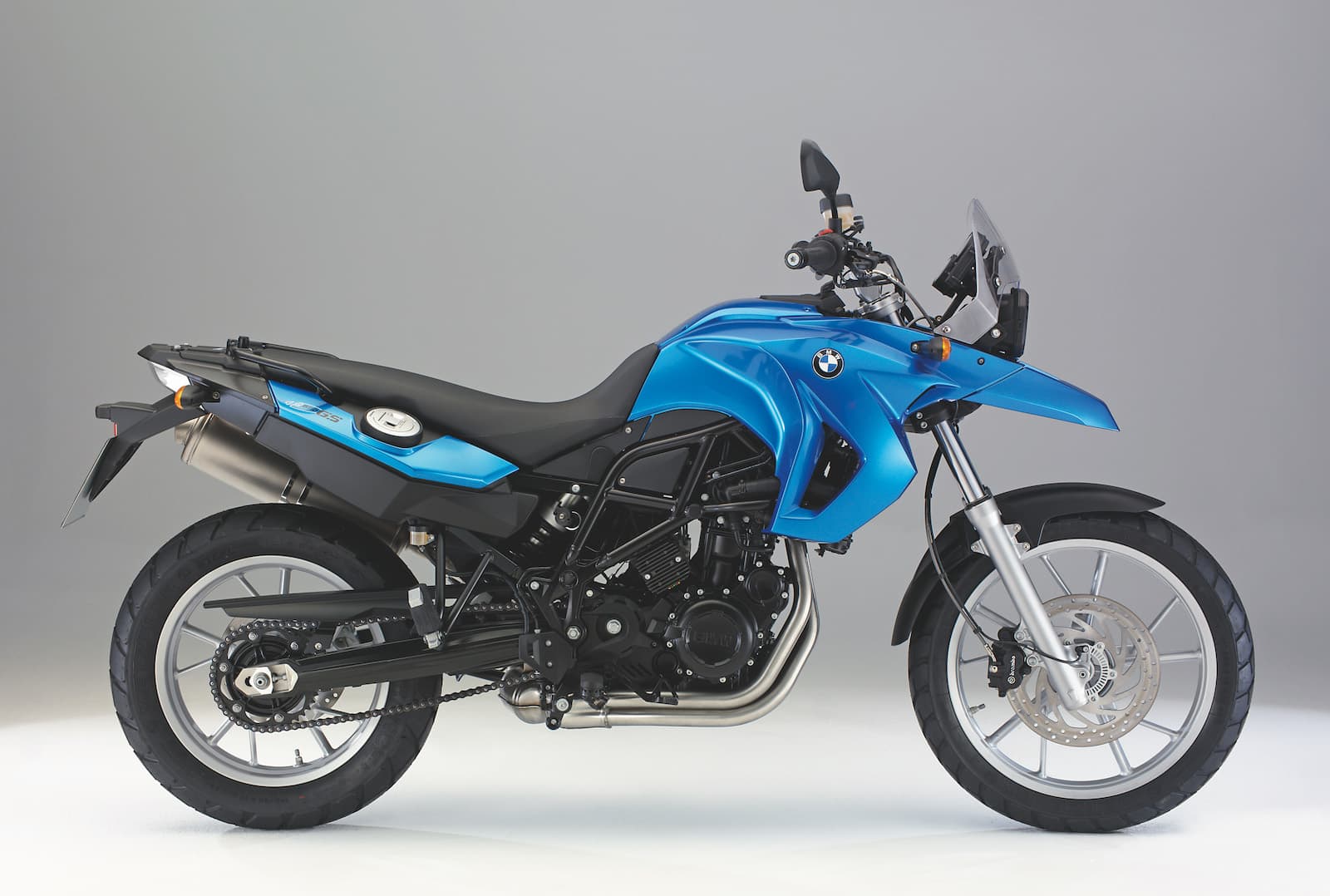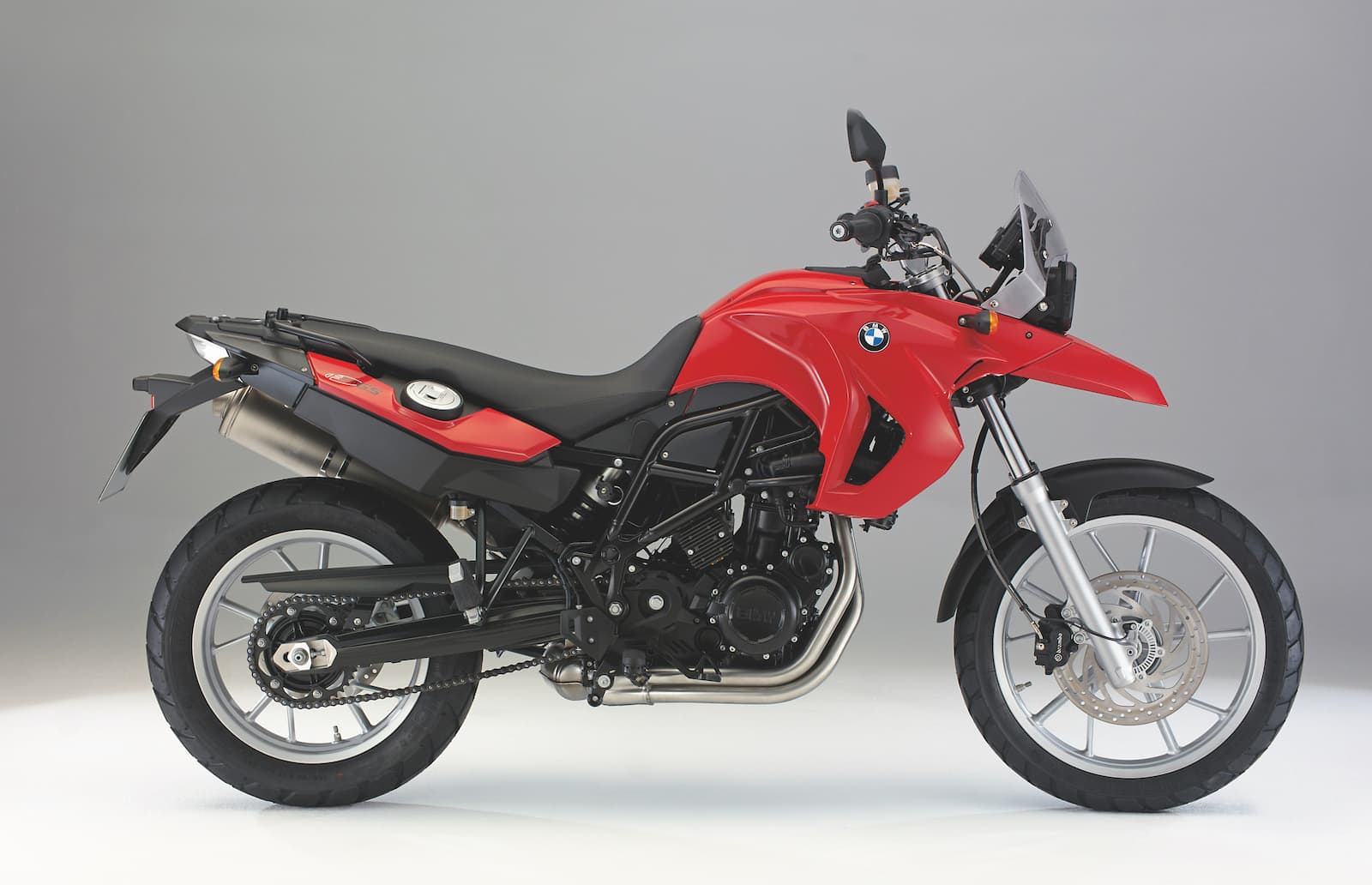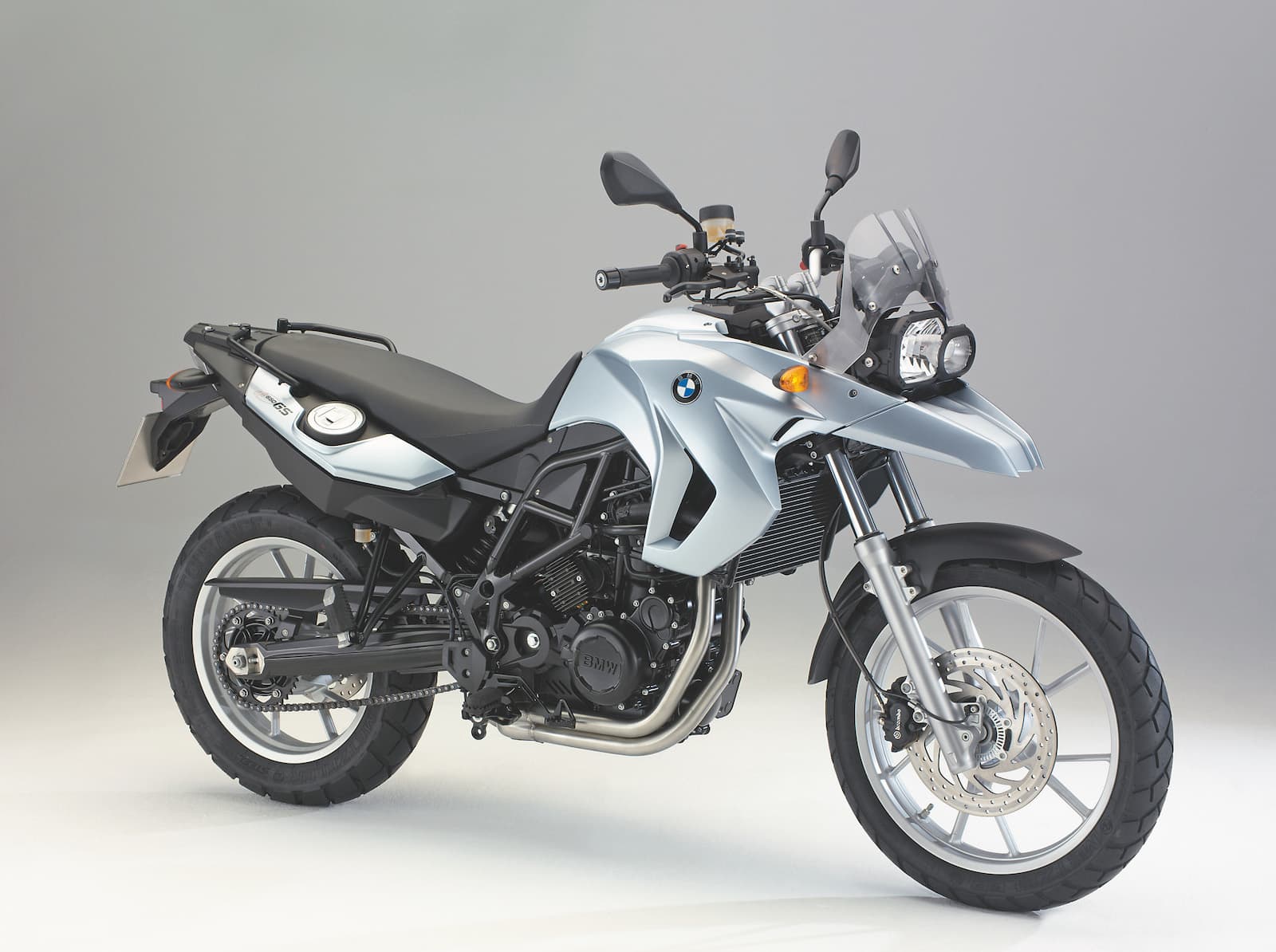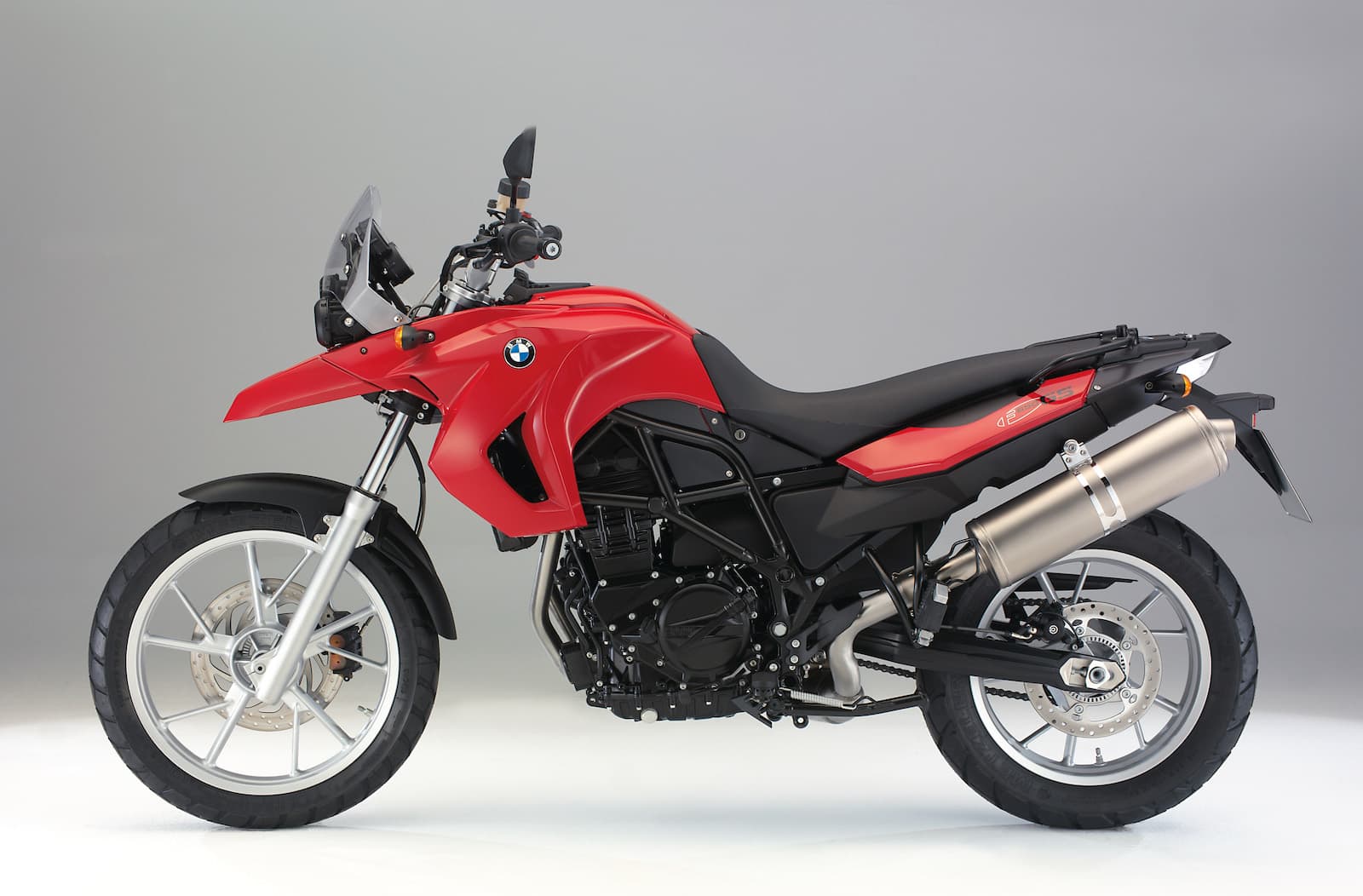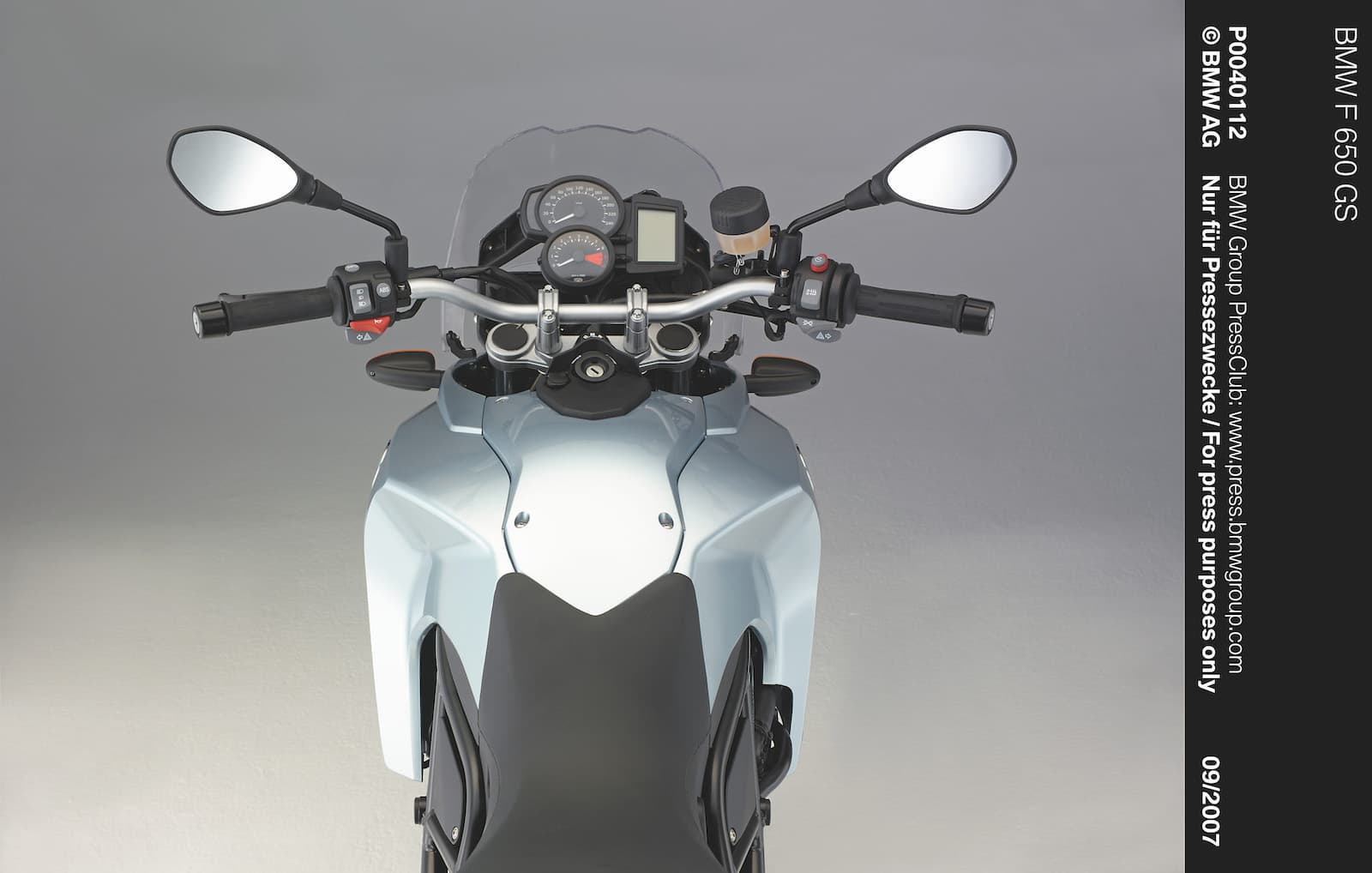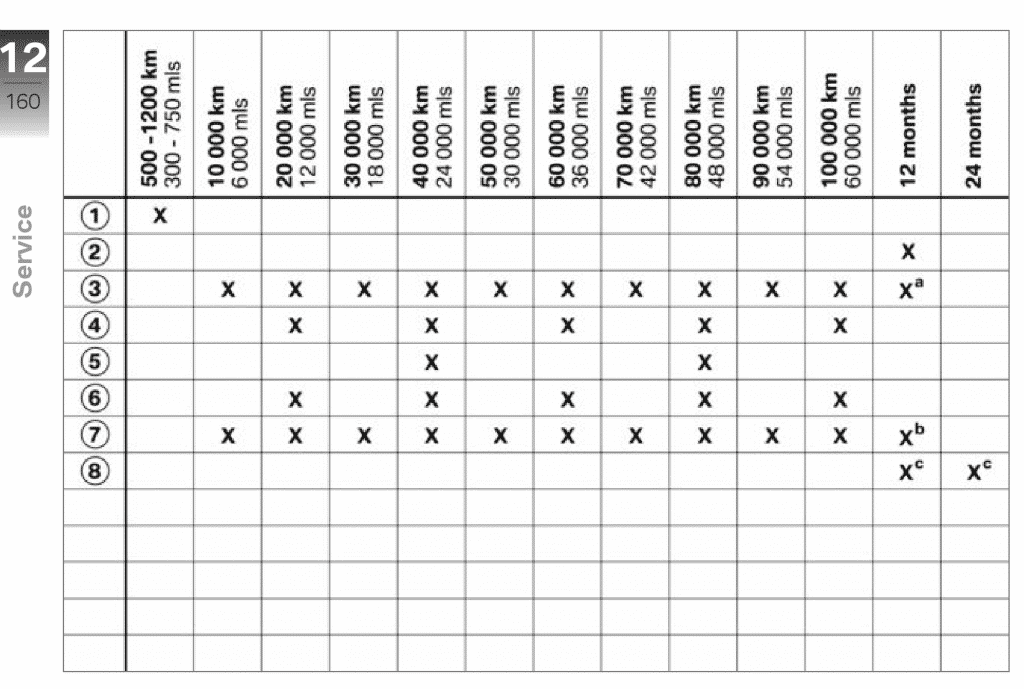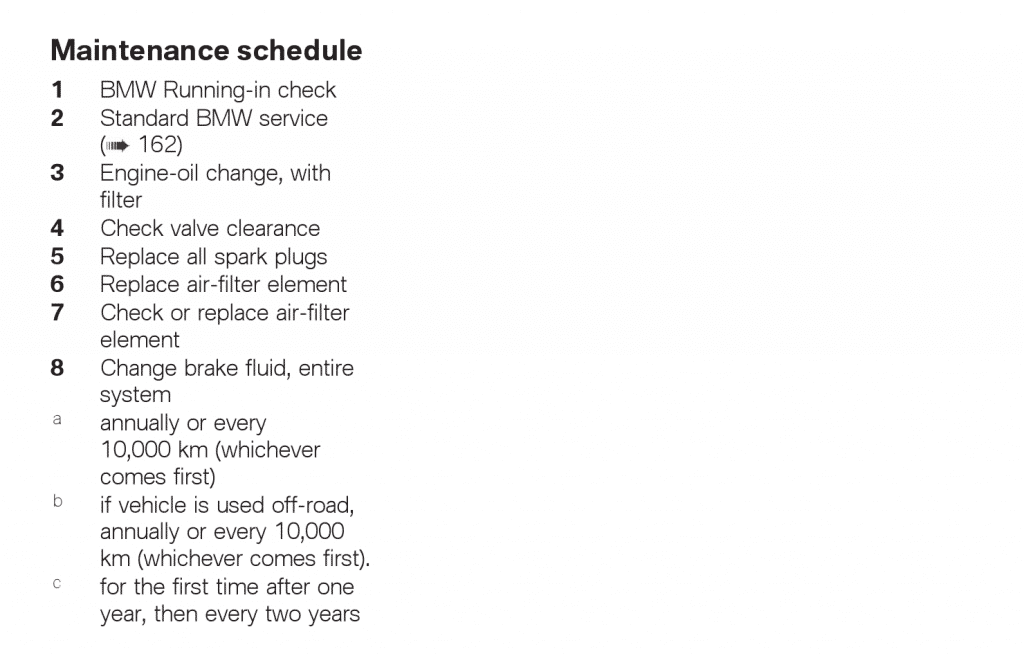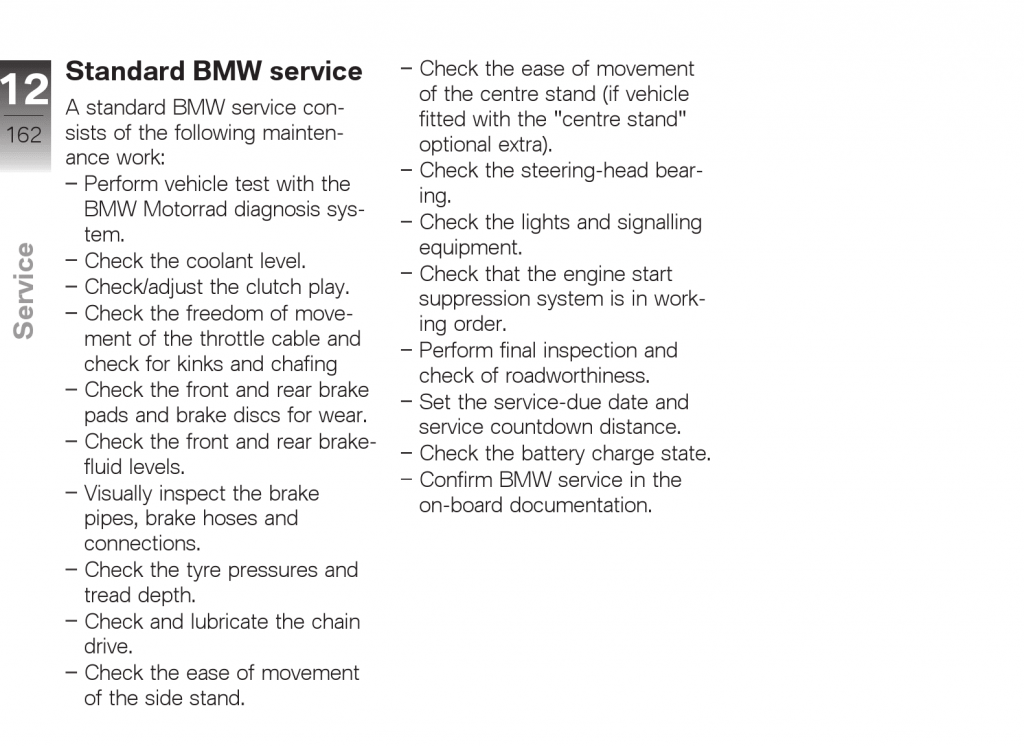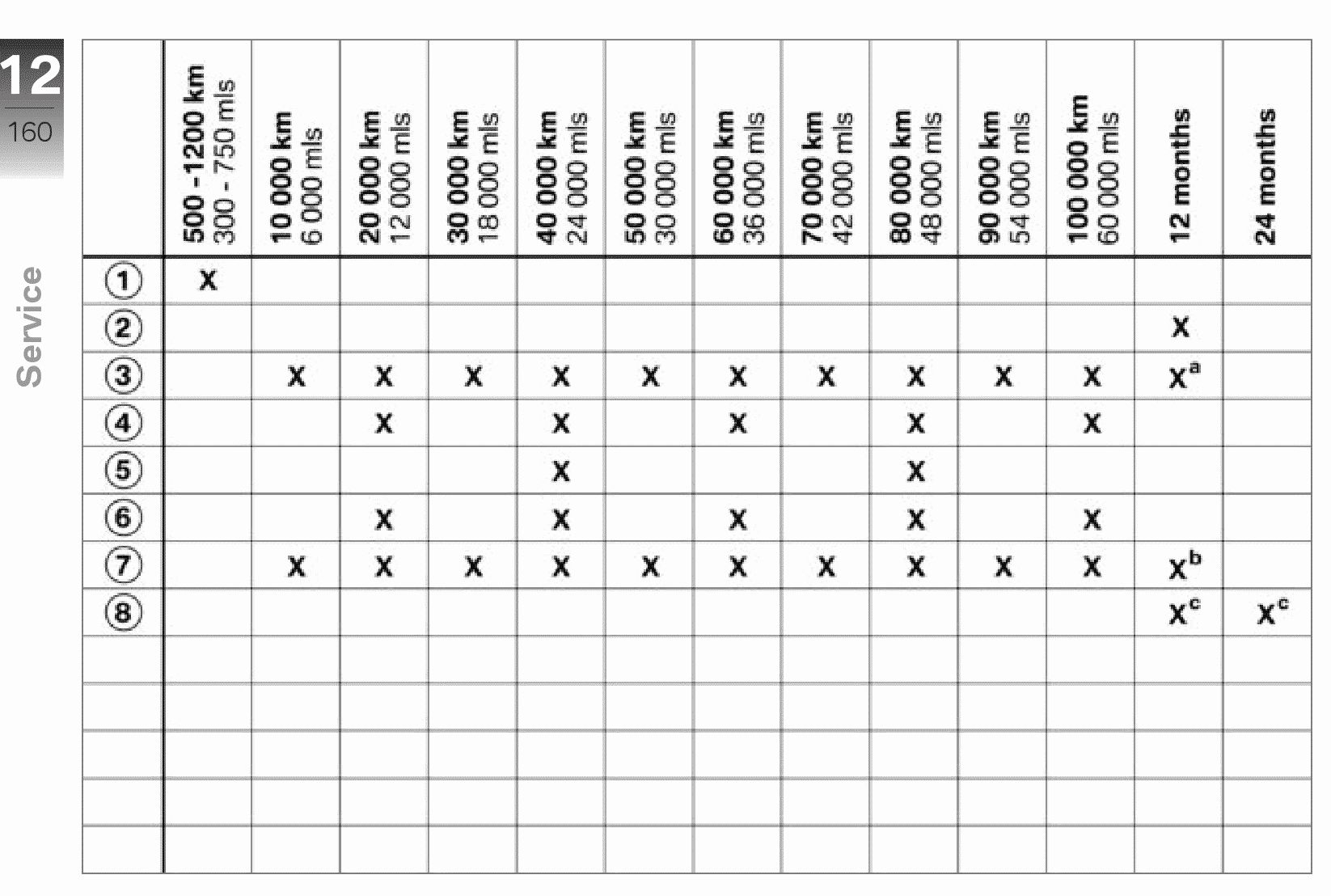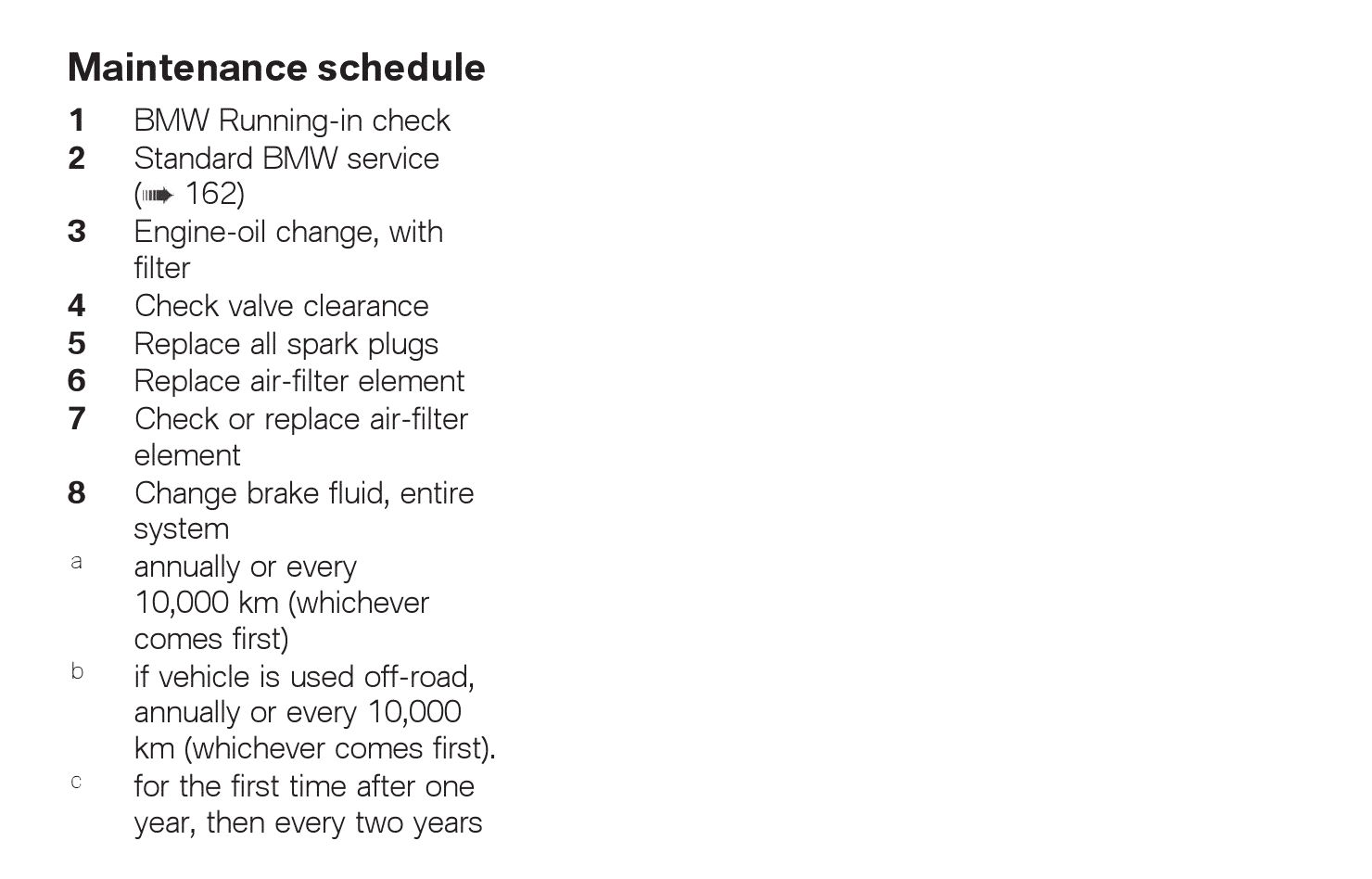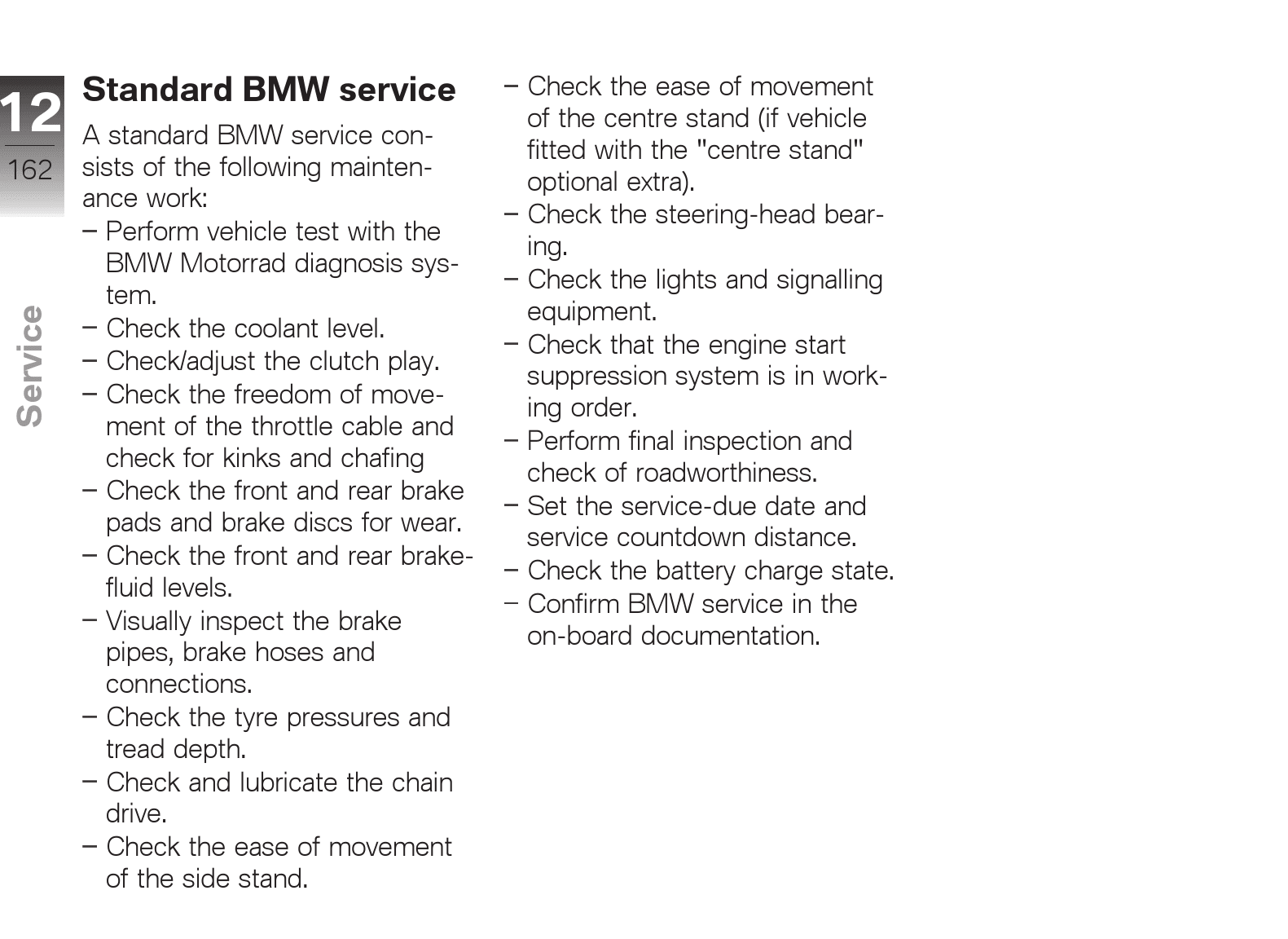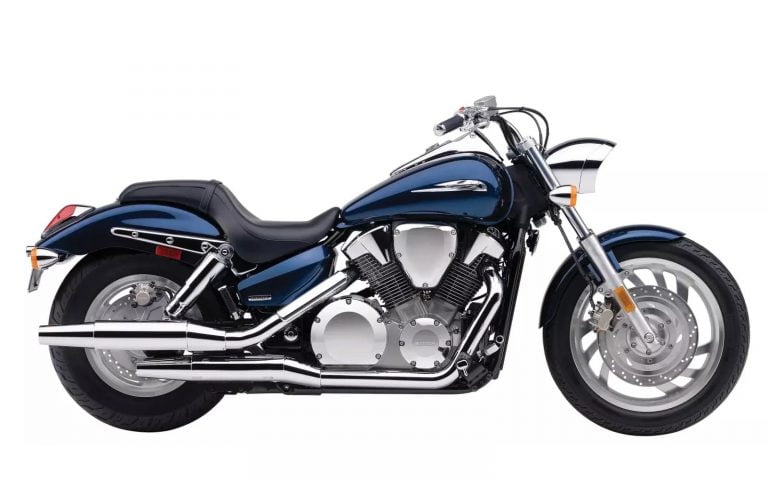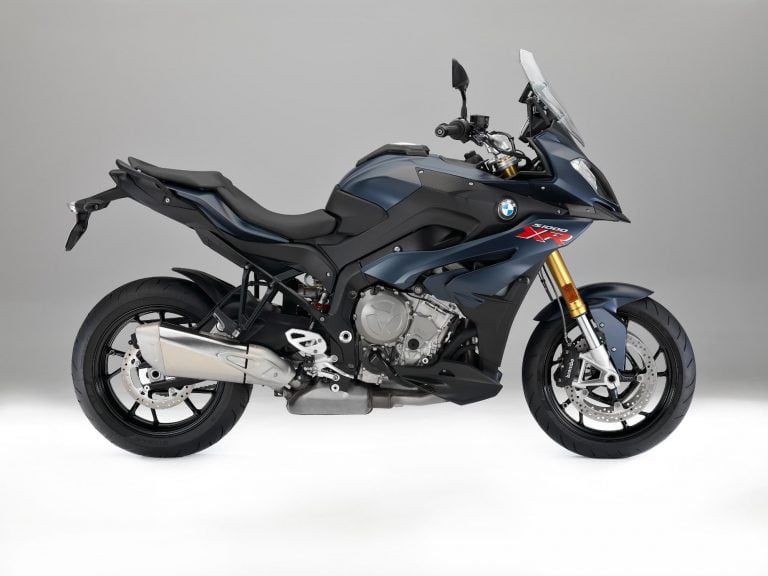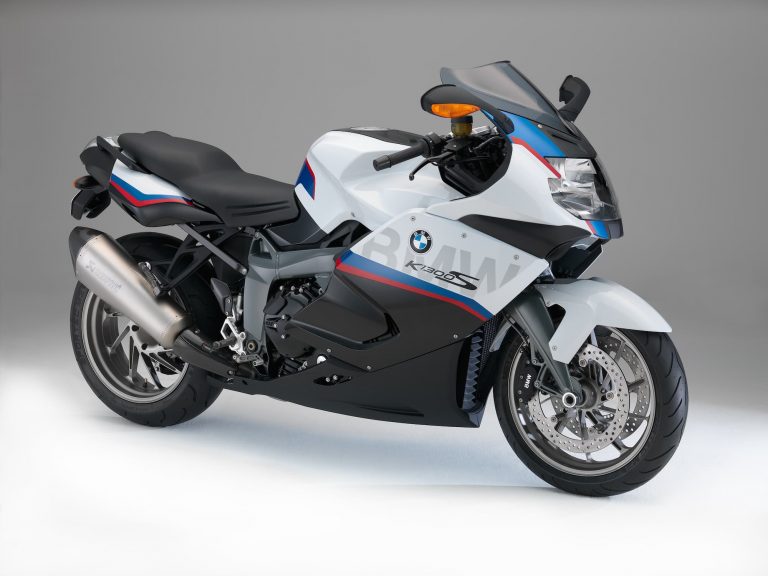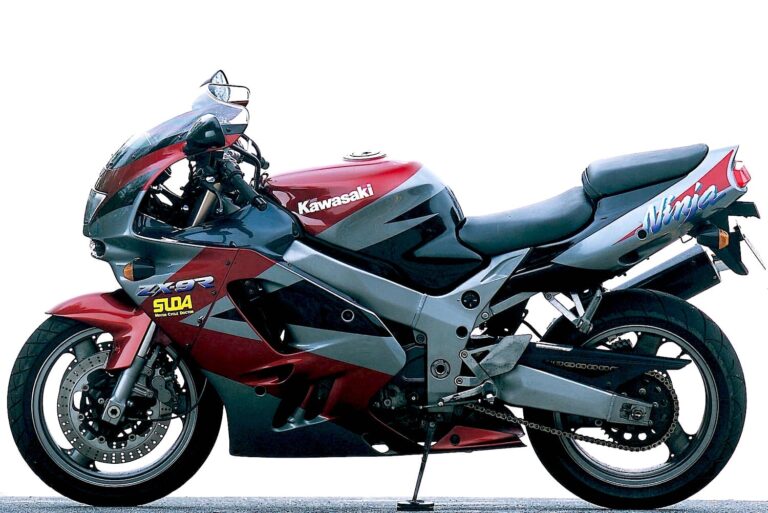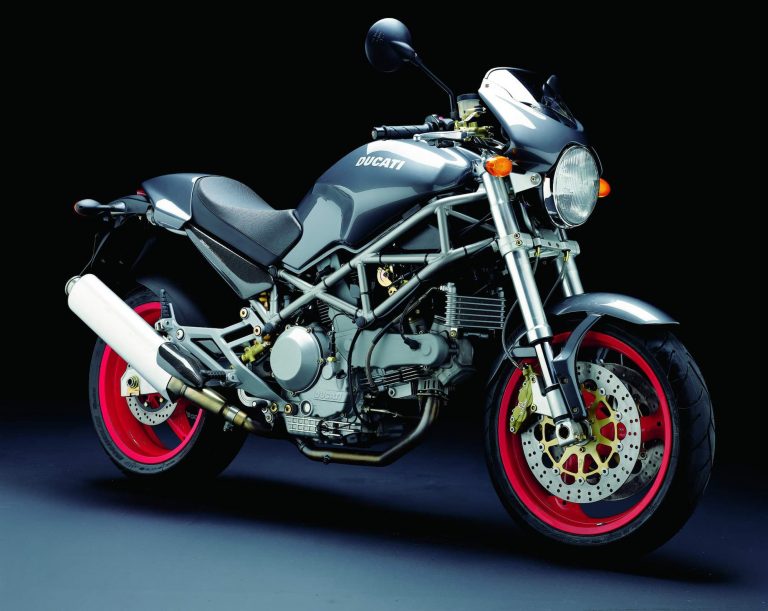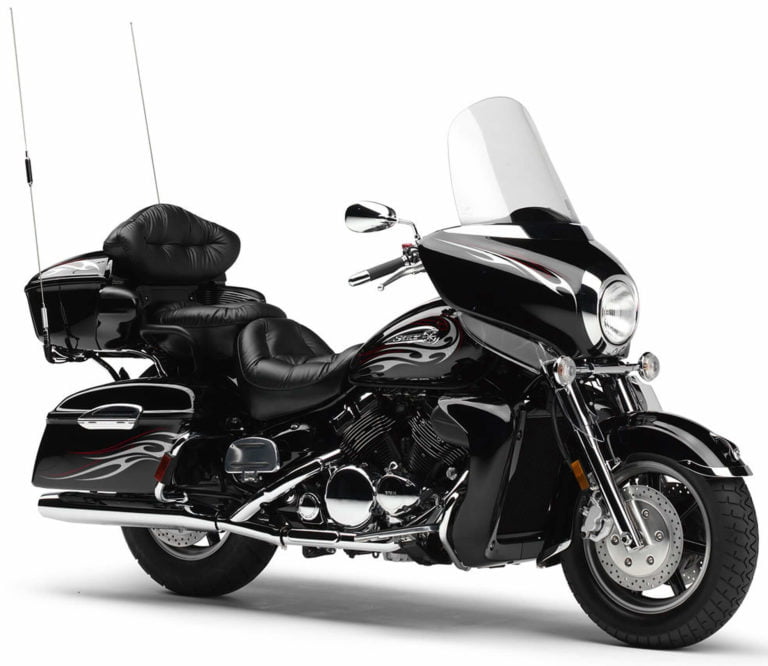BMW F 650 GS (800cc Twin, 2008-2012) Maintenance Schedule and Service Intervals
This is the maintenance schedule and service intervals for the BMW F 650 GS Twin, BMW’s little sibling to the F 800 GS. The F 650 GS in this incarnation was made between 2008 and 2012.
We’ll call it the F 650 GS Twin to distinguish it from the earlier single-cylinder F 650 GS, which was based on the 652cc single-cylinder engine, later found in the BMW G 650 GS.
From model year 2013, BMW replaced the F 650 GS Twin with the F 700 GS, giving it a few upgrades, which warrants a separate maintenance schedule.
The BMW F 650 GS Twin is powered by a 798cc four-valve-per-cylinder DOHC parallel twin engine — the same basic engine block found in its bigger sibling the F 800 GS.
But the engine in the F 650 GS is de-tuned, with peak power of 52 kW (71 hp) @ 7,000 rpm, and peak torque of 75 Nm, by way of power-reducing valve timing and an accompanying ECU tune. So it’s not totally neutered; though you can also get the F 650 GS Twin in A2 form that makes half that power, for those on restricted licenses.
Other changes to the F 650 GS compared to the 2008-2012 F 800 GS can be seen in the table below.
| F 650 GS Twin | F 800 GS |
|---|---|
| Cast metal rims | Spoked rims |
| 19-inch front wheel | 21-inch front wheel |
| Single disc brake | Twin disc brakes |
| 43mm conventional fork | 45mm USD fork |
| Steel handlebar | Aluminium handlebar |
| 790-820 mm seat height; lowering kit available | Taller 850-880 mm seat height; lowering kit 2013+, but not 2008-2012 |
| Low windscreen | High windscreen |
| Street-look fairings | Offroad-look fairings |
| Wet weight 199kg | Wet weight 207kg (8 kg or 20 lb heavier) |
From 2013, when BMW updated their F 800 GS, BMW released the F 700 GS to replace the F 650 GS twin.
This site has links for things like oil and spark plugs from which we earn a commission (which unfortunately nobody can save, not even us). If you appreciate this work, then please use those links. Thanks!
BMW F 650 GS (Parallel Twin) Service Intervals
The BMW F 650 GS (with an 800 cc parallel twin engine) has 6000 mile / 10000 km or annual service intervals between oil changes.
At every service, change the oil filter too, check or replace the air filter element, and give the motorcycle a once-over looking for leaks, worn parts, or moving parts in need of lubrication.
The major valve service is every 12000 miles / 20000 km. And you replace the spark plugs every two valve services, every 24000 miles or 40000 km.
What you need to service the BMW F 650 GS Twin
To service your BMW F 650 GS twin, you need the following consumable parts. There’s a lot in common with the BMW F 800 GS but some are different (I mean there’s only one brake rotor…).
| Part | BMW F 650 GS part spec |
|---|---|
| Oil | BMW recommends using BMW Advantec Pro 15W-50, their own brand, but you can use other 15W-50 synthetic oils of high quality. |
| Oil filter | The standard oil filter is BMW part 11 42 8 409 567, which is equivalent to Hiflofiltro HF160RC. |
| Air filter | BMW part number 13 71 8 529 998, which is equivalent to Hiflofiltro HFA7913. |
| Spark plug | The standard spark plug is an NGK DCPR8E per the manual. BMW part number is 12 12 7 690 603. |
| Brake fluid | Use DOT 4 brake fluid, e.g. Castrol DOT 4, or you can get BMW part number 83 13 2 445 461 for the official stuff |
| Brake pads | Part numbers for the brake pads are 34 11 7 705 216 for the front brake pads (you need just 1 ) and 34 21 7 722 884 for the rear. |
| Cable lubricant | Use Protect all cable life to lubricate moving cables. |
| General grease | Use a lithium soap-based grease for external pivot points like the kickstand etc. |
Maintenance schedule for the BMW F 650 GS Twin
Below is the maintenance schedule for the BMW F 650 GS Twin. It has been adapted to be a little easier to read and to fit this screen.
The schedule is quite similar to the contemporaneous F 800 GS, except for not having to change the oil in the forks.
Notes
- We’ve omitted the “running in” check as we assume your F 650 GS is no longer new.
- Where something should be done on a time-basis (e.g. oil changes), follow the earlier of time- or distance-based intervals.
- After 40000 km / 24000 miles, follow the maintenance schedule as shown (every 1, 2, or 4 intervals).
| km x 1000 | 10 | 20 | 30 | 40 | |
|---|---|---|---|---|---|
| mi x 1000 | 6 | 12 | 18 | 24 | Every |
| Standard BMW service (see below) | Year | ||||
| Engine oil change with filter | X | X | X | X | Year |
| Check valve clearance | X | X | |||
| Replace all spark plugs | X | ||||
| Replace air cleaner insert | X | X | |||
| Check or replace the air filter element | X | X | X | X | Year (when used off road) |
| Change brake fluid in entire system | 2 years |
Standard scope of service — BMW F 650 GS Twin
The standard service list of items is below. These are items that you do at every annual service.
[D] means items that a dealer does.
| Standard scope of service — BMW F 650 GS |
|---|
| [D] Performing the brief test using the BMW Motorrad diagnostic system (MoDiTeC) |
| Check coolant level |
| Check/adjust clutch play |
| Check accelerator Bowden cable for ease of movement, chafing and kinks, and play |
| Check the front/rear brake fluid level |
| Check the front/rear brake pads and brake discs for wear |
| Visually inspect the brake lines, brake hoses, and connections |
| Check tension of spokes and tighten as needed |
| Check the tire pressure and tread depth |
| Check and lubricate the chain drive |
| Check side stand for ease of movement |
| Check centre stand for ease of movement (when fitted) |
| Check the lighting and signal system |
| Check the steering-head bearing |
| Check the engine start suppression works |
| Final inspection and road safety check |
| [D] Set the service date and remaining distance to service |
| Check charging state of battery |
| [D] Confirm the BMW service in the vehicle literature |
About the BMW F 650 GS
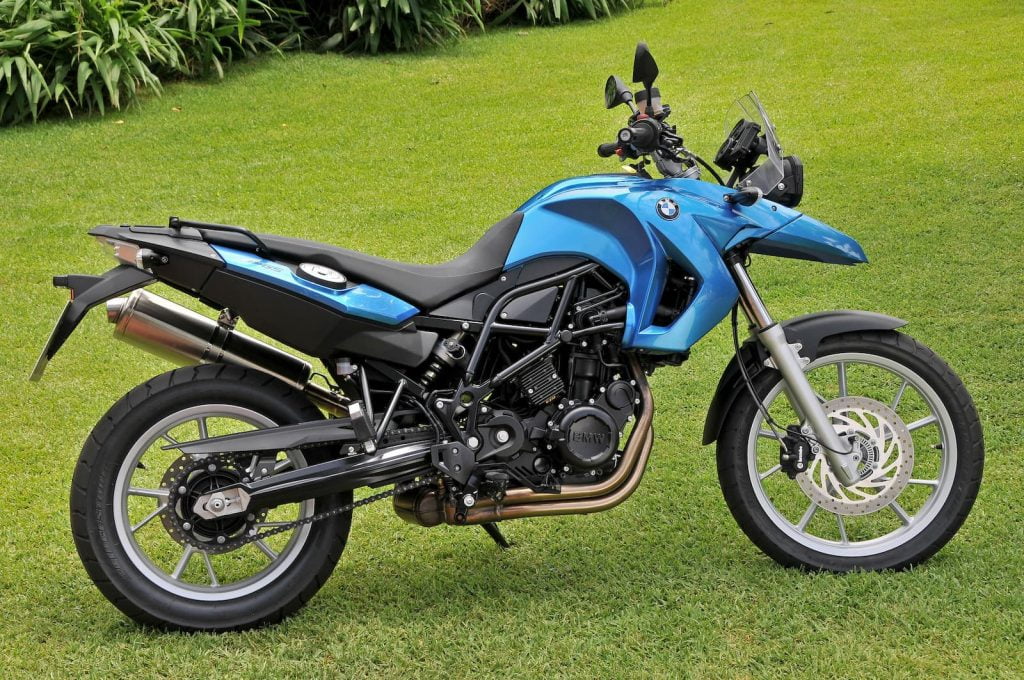
The BMW F 650 GS Twin was an all-new model when it was launched in 2007 for the 2008 model year.
It confused (and continues to confuse) the BMW motorcycle world because it was identically named to, well, the other BMW F 650 GS, which was so named because of its engine displacement of 652cc. This was no longer the case with the new F 650 GS Twin (the unofficial name), which had a 798cc displacement.
Another thing that changed between the two motorcycles is that the F 650 GS twin is distinctly more road-focused and beginner-focused. It has alloy rims rather than spoked wheels, a short fairing, and a detuned engine more suited to beginner riding.
Basically, you have to cast the name to one side and assume that the new BMW F 650 GS is an all-new motorcycle.
In a nutshell, it’s an easier, less aggressively adventurous, and cheaper version of the BMW F 800 GS.
It’s powered by a 798cc dual overhead-cam liquid-cooled parallel twin, tuned to produce around 20% less power than the F 800 GS, though peak torque is the same and comes on around the same point (a few hundred RPM higher in the F 750 GS).
Since the engine is lower powered, the bike’s engine has a smaller radiator, and is only equipped with a single front disc. There are a number of other changes to the fairings and specs, some of which are for cost savings, and some of which are weight-saving — the F 650 GS is a total of 8 kg or 18 lb lighter than the F 800 GS. Coupled with the lower ride height, this makes the bike easier for newer, or less aggressive riders.
An unusual characteristic of the block found in the F 650 GS is the firing order. It has a 360-degree crank, which means one firing cycle for each crankshaft rotation. The pistons move up and down together. This means the sound is just like that of boxer engines, which have the same firing offset.
(It also means it sounds like a Triumph Bonneville T100, by the way! They used to have a 360-degree firing order before the the mid 2010s when the whole Triumph twin range went to a 270-degree crankshaft configuration.)
The pistons moving together leads to some vibration, which is smoothed out using a balance shaft. Despite this, the F 650 GS is still a vibey bike — something to be expected. All BMW adventure bikes share this characteristic.
The on the F 650 GS are alloy rims — not spoked, unlike the outgoing F 650 GS thumper and also unlike the F 800 GS. So it’s not designed to be for aggressive off-roading, though of course the little GS is still capable on dirt roads and so on.
In 2012, when BMW announced the updated F 800 GS, they also announced the upgraded F 700 GS (also with an 800-cc twin), which replaced this model.
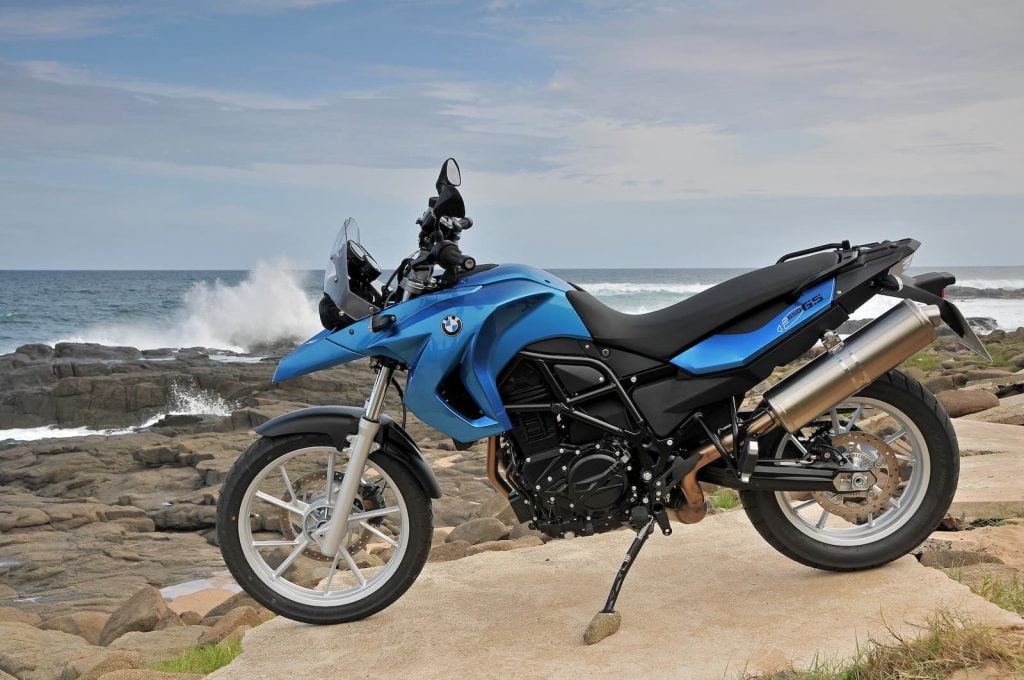
Tire sizes and pressures
The BMW F 650 GS ships standard with the following tire sizes and pressures.
| Wheel | Tie esize | Tire pressure (cold) |
|---|---|---|
| Front | 110/80-R19 | 2.2-2.5 bar (one-up to 2-up/with luggage) |
| Rear | 140/80-R17 | 2.5-2.9 bar (one-up to 2-up/with luggage) |
Manual for the BMW F 650 GS Twin
The maintenance schedule for the BMW F 650 GS Twin came from the rider’s manual.
You can download the user manuals directly from BMW’s website here.
